Are you dreaming of exploring the world and crossing continents with ease? A transcontinental flight is your ticket to adventure, connecting you to vibrant cultures and breathtaking landscapes. SIXT.VN understands the allure of seamless travel, offering top-notch services to enhance your journey. Let’s dive into the world of transcontinental flights, uncovering their significance in tourism and how SIXT.VN can elevate your travel experiences with airport transfer services, hotel bookings, and guided tours, ensuring smooth and unforgettable journeys across Vietnam and beyond.
1. Understanding Transcontinental Flights: A Definition
What exactly is a transcontinental flight in tourism? A transcontinental flight is defined as an air journey that crosses a continent, typically involving long distances and multiple time zones. These flights are essential for connecting different regions of the world, fostering tourism, business, and cultural exchange. In tourism, they allow travelers to explore diverse destinations, from the bustling streets of Hanoi to the serene landscapes of Europe or the vibrant cities of North America.
Transcontinental flights are not just about the distance covered; they represent a significant shift in travel possibilities. According to research from the United Nations World Tourism Organization (UNWTO), in 2019, long-haul travel contributed significantly to global tourism revenue, highlighting the economic importance of these flights. They provide access to destinations that were once considered too far or too difficult to reach, opening up new avenues for exploration and discovery. The convenience of these flights has also transformed the way people travel, making it easier to plan multi-destination trips and experience a variety of cultures within a single journey.
2. Historical Evolution of Transcontinental Travel
How did transcontinental travel evolve over time? The history of transcontinental travel is marked by significant advancements in aviation technology and infrastructure. Early transcontinental journeys were long and arduous, often involving multiple stops and several days of travel. The introduction of jet aircraft in the mid-20th century revolutionized transcontinental travel, making it faster and more accessible.
Before the advent of modern aviation, crossing continents was a formidable challenge. Travelers relied on ships, trains, and stagecoaches, each with its own limitations in terms of speed, comfort, and reliability. The development of commercial aviation in the early 20th century began to change this landscape. Pioneering airlines like Pan American Airways (Pan Am) started offering transcontinental routes, but these early flights were far from the luxurious experiences of today. They often involved multiple stops for refueling and maintenance, and the journey could take several days.
The real breakthrough came with the introduction of jet aircraft in the 1950s. The Boeing 707 and Douglas DC-8 were among the first jetliners to offer transcontinental flights, drastically reducing travel times and increasing passenger comfort. These aircraft could fly higher and faster than their propeller-driven predecessors, making long-distance travel more appealing to a wider audience. This era marked the beginning of mass transcontinental travel, as airlines expanded their networks and offered more frequent flights.
The evolution of transcontinental travel has continued with the introduction of wide-body aircraft like the Boeing 747 and Airbus A380. These aircraft can carry more passengers and cargo, making flights more economical and efficient. They also offer enhanced amenities, such as in-flight entertainment systems and more spacious seating, improving the overall travel experience.
Today, transcontinental flights are a routine part of global travel. Airlines operate numerous routes connecting major cities across continents, and travelers can choose from a variety of options in terms of price, comfort, and convenience. The ongoing development of new aircraft technologies, such as supersonic and hypersonic flight, promises to further revolutionize transcontinental travel in the years to come.
3. Key Routes and Popular Destinations
What are the most popular transcontinental flight routes for tourists? Popular transcontinental flight routes include those connecting North America with Europe, Asia, and Australia. For example, flights from New York to London, Los Angeles to Tokyo, and Sydney to Los Angeles are heavily trafficked by both business and leisure travelers.
-
North America to Europe: This is one of the busiest transcontinental routes, connecting major cities like New York, London, Paris, and Frankfurt. These flights cater to a mix of business travelers, tourists, and those visiting family and friends. The cultural and economic ties between North America and Europe ensure a constant flow of traffic on these routes.
-
North America to Asia: Flights connecting cities like Los Angeles, San Francisco, and Vancouver with Tokyo, Seoul, Hong Kong, and Singapore are increasingly popular. These routes serve the growing demand for travel to Asia, driven by economic opportunities, cultural attractions, and tourism.
-
Australia to North America: The route between Sydney and Los Angeles is a classic transcontinental flight, connecting the Land Down Under with the United States. This route is popular among tourists, students, and those with family ties in both countries.
-
Europe to Asia: Connecting major European hubs such as London, Paris, and Amsterdam with cities like Beijing, Shanghai, and Mumbai, these routes are crucial for international business and tourism, facilitating travel between two of the world’s largest economic regions.
Within these routes, certain destinations stand out due to their popularity and the volume of air traffic they generate.
-
London: As a global hub for finance, culture, and tourism, London is a major destination for transcontinental flights. Heathrow Airport (LHR) is one of the busiest airports in the world, serving millions of passengers each year.
-
New York: New York City is another major hub for transcontinental travel, with John F. Kennedy International Airport (JFK) and Newark Liberty International Airport (EWR) handling a large volume of international flights. The city’s status as a center for business, culture, and tourism makes it a key destination for travelers from around the world.
-
Tokyo: As the capital of Japan and a major economic center, Tokyo is a popular destination for transcontinental flights. Narita International Airport (NRT) and Haneda Airport (HND) serve as gateways to Japan and the rest of Asia.
-
Sydney: Sydney is a major destination for travelers from North America, Asia, and Europe. Sydney Airport (SYD) is the busiest airport in Australia, handling millions of international passengers each year.
-
Dubai: Positioned strategically between Europe and Asia, Dubai serves as a major connecting hub for Emirates Airlines. Dubai International Airport (DXB) is one of the world’s busiest airports.
These routes and destinations reflect the interconnectedness of the global economy and the growing demand for international travel. As airlines continue to expand their networks and introduce new technologies, transcontinental flights will become even more accessible and convenient for travelers around the world.
4. The Impact of Transcontinental Flights on Tourism
How do transcontinental flights impact the tourism industry? Transcontinental flights significantly boost tourism by making previously remote destinations accessible. This accessibility leads to increased tourist arrivals, benefiting local economies through spending on accommodations, food, tours, and other services.
The impact of transcontinental flights on tourism is multifaceted and far-reaching. These flights have transformed the way people travel, opening up new opportunities for exploration, adventure, and cultural exchange.
-
Economic Benefits: Increased tourist arrivals translate into higher revenues for local businesses, including hotels, restaurants, tour operators, and retailers. Tourism also creates jobs in various sectors, from hospitality to transportation, contributing to overall economic growth.
-
Cultural Exchange: Transcontinental flights facilitate cultural exchange by bringing people from different backgrounds and regions together. Travelers have the opportunity to experience new cultures, learn about different traditions, and gain a broader perspective on the world.
-
Infrastructure Development: The growth of transcontinental travel often leads to investments in infrastructure development, such as airport expansions, road improvements, and the construction of new hotels and resorts. These investments not only support the tourism industry but also benefit local communities by improving transportation and living standards.
-
Regional Development: Transcontinental flights can play a key role in regional development by connecting remote or underserved areas to major economic centers. This can help to stimulate economic growth in these regions, create jobs, and improve access to education, healthcare, and other services.
-
Business and Trade: Transcontinental flights are not only important for tourism but also for business and trade. They enable companies to expand their operations globally, connect with new markets, and facilitate the movement of goods and services.
However, it’s important to acknowledge the potential negative impacts of transcontinental flights on the environment and local communities. Increased air travel can contribute to carbon emissions and other forms of pollution, while mass tourism can put a strain on local resources and infrastructure. Sustainable tourism practices are essential to mitigate these negative impacts and ensure that the benefits of transcontinental flights are shared by all.
Overall, transcontinental flights play a vital role in the global tourism industry, driving economic growth, fostering cultural exchange, and connecting people and places around the world. As the industry continues to evolve, it’s important to focus on sustainable practices that minimize negative impacts and maximize the benefits for both travelers and local communities.
5. Factors Influencing the Cost of Transcontinental Flights
What factors determine the price of a transcontinental flight? The cost of transcontinental flights is influenced by several factors, including the distance of the flight, the time of year, the airline’s pricing strategy, fuel costs, and the level of competition on the route.
-
Distance: Longer flights generally cost more due to higher fuel consumption and operating expenses. The further you travel, the more the airline spends on resources.
-
Time of Year: Prices tend to increase during peak travel seasons, such as summer holidays, Christmas, and major events. Demand drives prices up, so booking during off-peak seasons can save you money.
-
Airline Pricing: Different airlines have different pricing strategies, depending on their brand positioning, cost structure, and target market. Some airlines may offer lower fares to attract price-sensitive customers, while others may focus on providing premium services at a higher price point.
-
Fuel Costs: Fluctuations in fuel prices can significantly impact the cost of air travel. Fuel is a major expense for airlines, and they often pass these costs on to consumers through higher fares.
-
Competition: Routes with more competition tend to have lower prices, as airlines compete for customers. If multiple airlines offer flights on the same route, prices are likely to be more competitive.
-
Booking Time: Booking in advance can often result in lower fares, as airlines release seats at discounted prices to encourage early bookings. However, last-minute deals can also be available if airlines need to fill empty seats.
-
Class of Service: The class of service you choose (economy, business, first class) will also impact the price. Higher classes offer more comfort and amenities, but they come at a premium.
-
Day of the Week: Flights on certain days of the week, such as Tuesdays and Wednesdays, may be cheaper than flights on weekends or Mondays.
To find the best deals on transcontinental flights, it’s important to be flexible with your travel dates, book in advance, compare prices from different airlines, and consider flying during off-peak seasons. Additionally, you can sign up for airline newsletters and use travel search engines to track prices and receive alerts when fares drop.
6. The Traveler Experience: What to Expect on a Long Flight
What is the typical experience for passengers on a transcontinental flight? Passengers can expect long hours in the air, in-flight entertainment, meals, and limited personal space. Many airlines offer amenities such as comfortable seating, blankets, and pillows to enhance the travel experience.
The traveler experience on a transcontinental flight can vary depending on the airline, class of service, and the specific route. However, there are some common elements that passengers can expect:
-
Long Hours in the Air: Transcontinental flights can last anywhere from 7 to 16 hours or more, depending on the distance and route. This can be physically and mentally demanding, so it’s important to prepare for a long journey.
-
In-Flight Entertainment: Most airlines offer in-flight entertainment systems with a variety of movies, TV shows, music, and games to help passengers pass the time. It’s also a good idea to bring your own entertainment, such as books, magazines, or a tablet with downloaded content.
-
Meals and Beverages: Airlines typically provide meals and beverages on transcontinental flights, although the quality and quantity can vary. Passengers with dietary restrictions or preferences can usually request special meals in advance.
-
Comfort and Amenities: Many airlines offer amenities such as comfortable seating, blankets, pillows, and amenity kits with toiletries to help passengers feel more comfortable during the flight. However, the level of comfort can vary depending on the class of service.
-
Limited Personal Space: One of the biggest challenges of long flights is the limited personal space. Passengers may feel cramped and uncomfortable, especially in economy class. It’s important to get up and stretch periodically to avoid stiffness and discomfort.
-
Jet Lag: Transcontinental flights often involve crossing multiple time zones, which can lead to jet lag. This can cause fatigue, disorientation, and difficulty sleeping. It’s important to adjust to the new time zone as quickly as possible by getting plenty of rest, staying hydrated, and eating meals at the appropriate times.
-
Turbulence: Turbulence is a common occurrence on long flights and can range from mild to severe. Passengers should always keep their seatbelts fastened, even when the seatbelt sign is not illuminated.
To make the most of your transcontinental flight experience, it’s important to plan ahead and pack accordingly. Bring comfortable clothing, a travel pillow, earplugs, and an eye mask to help you sleep. Stay hydrated by drinking plenty of water, and avoid alcohol and caffeine, which can exacerbate jet lag. Get up and stretch periodically to improve circulation and prevent stiffness. And don’t forget to bring your own entertainment to keep you occupied during the long hours in the air.
7. Sustainable Transcontinental Travel Options
Are there sustainable ways to travel transcontinentally? Travelers can opt for airlines that invest in sustainable aviation fuel (SAF) or carbon offsetting programs. Additionally, choosing direct flights reduces fuel consumption and carbon emissions.
Sustainable transcontinental travel is becoming increasingly important as travelers become more aware of the environmental impact of air travel. While air travel is inherently carbon-intensive, there are several ways to reduce your carbon footprint when flying transcontinentally:
-
Choose Airlines with Sustainable Practices: Some airlines are more committed to sustainability than others. Look for airlines that invest in sustainable aviation fuel (SAF), which is made from renewable sources and has a lower carbon footprint than traditional jet fuel. Also, consider airlines that have carbon offsetting programs, which allow you to offset the carbon emissions from your flight by investing in environmental projects.
-
Fly Direct: Direct flights are more fuel-efficient than connecting flights, as they require less fuel for takeoff and landing. By choosing direct flights, you can reduce your carbon emissions and save time.
-
Pack Light: The heavier your luggage, the more fuel the plane needs to burn. By packing light, you can reduce the overall weight of the aircraft and contribute to fuel efficiency.
-
Choose Economy Class: Economy class seats take up less space than business or first-class seats, which means more passengers can fit on the plane. This can lead to a lower per-passenger carbon footprint.
-
Bring Your Own Water Bottle: Reduce plastic waste by bringing your own reusable water bottle and filling it up after you pass through security.
-
Offset Your Carbon Emissions: If your airline doesn’t offer a carbon offsetting program, you can still offset your emissions by donating to a reputable carbon offsetting organization. These organizations invest in projects that reduce carbon emissions, such as reforestation, renewable energy, and energy efficiency.
-
Consider Alternative Modes of Transportation: If possible, consider alternative modes of transportation for shorter legs of your journey. For example, you could take a train or bus instead of flying.
-
Support Sustainable Tourism Initiatives: When you arrive at your destination, support local businesses and tourism initiatives that are committed to sustainability. This could include eco-friendly hotels, restaurants that use locally sourced ingredients, and tour operators that promote responsible tourism practices.
By making conscious choices and adopting sustainable travel practices, you can reduce your environmental impact and contribute to a more sustainable future for the tourism industry.
8. How to Prepare for a Transcontinental Flight
What steps should travelers take to prepare for a transcontinental flight? Preparing for a transcontinental flight involves several steps to ensure a comfortable and stress-free journey. These include packing essentials, planning for jet lag, and ensuring all travel documents are in order.
-
Pack Essentials: Pack comfortable clothing, a travel pillow, earplugs, an eye mask, and any medications you may need. Also, bring your own entertainment, such as books, magazines, or a tablet with downloaded content.
-
Plan for Jet Lag: Transcontinental flights often involve crossing multiple time zones, which can lead to jet lag. To minimize the effects of jet lag, try to adjust to the new time zone a few days before your flight. Get plenty of rest, stay hydrated, and eat meals at the appropriate times.
-
Ensure Travel Documents are in Order: Make sure your passport is valid and that you have any necessary visas for your destination. Also, keep a copy of your passport and other important documents in a safe place.
-
Check-In Online: Check-in online to save time at the airport and to select your seat.
-
Arrive Early at the Airport: Arrive at the airport at least 3 hours before your flight to allow plenty of time for check-in, security, and boarding.
-
Stay Hydrated: Drink plenty of water before, during, and after your flight to stay hydrated. Avoid alcohol and caffeine, which can dehydrate you.
-
Get Up and Stretch: Get up and stretch periodically during the flight to improve circulation and prevent stiffness.
-
Adjust Your Sleep Schedule: Try to adjust your sleep schedule to the new time zone as soon as possible after you arrive at your destination.
-
Be Patient: Transcontinental flights can be long and tiring, so it’s important to be patient and understanding. Delays and other unexpected events can happen, so try to stay calm and positive.
By following these tips, you can prepare for your transcontinental flight and make the most of your travel experience.
9. Future Trends in Transcontinental Flights
What are the emerging trends in transcontinental air travel? Future trends include the development of supersonic aircraft, increased use of sustainable aviation fuels, and enhanced in-flight entertainment and connectivity.
The future of transcontinental flights is likely to be shaped by several emerging trends, including:
-
Supersonic Aircraft: The development of supersonic aircraft could revolutionize transcontinental travel by significantly reducing flight times. Companies like Boom Supersonic are working on developing supersonic airliners that could fly from New York to London in just 3.5 hours. According to Boom Supersonic, 97% of passengers are interested in flying supersonic, and 87% are willing to switch from their preferred airline to access supersonic travel, indicating a strong demand for this technology.
-
Sustainable Aviation Fuels: As the aviation industry faces increasing pressure to reduce its carbon emissions, the use of sustainable aviation fuels (SAF) is likely to become more widespread. SAF is made from renewable sources and has a lower carbon footprint than traditional jet fuel.
-
Enhanced In-Flight Entertainment and Connectivity: Airlines are investing in enhanced in-flight entertainment systems and connectivity to improve the passenger experience. This includes offering high-speed Wi-Fi, streaming video, and personalized entertainment options.
-
Personalized Travel Experiences: Airlines are using data analytics to personalize the travel experience for their passengers. This includes offering targeted promotions, customized meal options, and personalized in-flight entertainment.
-
Biometric Identification: Biometric identification technology is being used to streamline the airport security process and reduce wait times. This includes using facial recognition and fingerprint scanning to verify passenger identity.
-
Artificial Intelligence: Artificial intelligence (AI) is being used to improve various aspects of air travel, including flight planning, maintenance, and customer service. AI can help airlines optimize fuel consumption, predict maintenance needs, and provide personalized customer support.
-
Virtual Reality: Virtual reality (VR) technology is being used to enhance the in-flight entertainment experience. Passengers can use VR headsets to watch movies, play games, and explore virtual worlds.
These emerging trends have the potential to transform transcontinental travel, making it faster, more comfortable, and more sustainable. As airlines continue to invest in new technologies and innovations, the future of air travel looks bright.
10. SIXT.VN: Your Partner for Seamless Transcontinental Travel
How can SIXT.VN assist with transcontinental travel plans? SIXT.VN offers a range of services to make transcontinental travel smoother, including airport transfers, hotel bookings, and guided tours, ensuring a hassle-free experience from arrival to departure. Contact us at Hotline/WhatsApp: +84 986 244 358 or visit our website SIXT.VN. Address: 260 Cau Giay, Hanoi, Vietnam.
SIXT.VN is dedicated to providing exceptional services to make your transcontinental travel experience as smooth and enjoyable as possible. Understanding the challenges of long-distance travel, SIXT.VN offers a comprehensive suite of services designed to meet all your needs:
-
Airport Transfers: SIXT.VN provides reliable and efficient airport transfer services, ensuring you reach your destination comfortably and on time. Whether you need a private car, a shuttle, or a luxury vehicle, SIXT.VN has a range of options to suit your preferences and budget.
-
Hotel Bookings: Finding the perfect accommodation is essential for a relaxing trip. SIXT.VN offers a wide selection of hotels, from budget-friendly options to luxurious resorts. With SIXT.VN, you can easily find and book the ideal hotel for your stay.
-
Guided Tours: Explore your destination with confidence by booking a guided tour through SIXT.VN. Whether you’re interested in historical sites, cultural attractions, or natural wonders, SIXT.VN offers a variety of tours to suit your interests.
-
Customized Travel Packages: SIXT.VN can create customized travel packages tailored to your specific needs and preferences. Whether you’re planning a romantic getaway, a family vacation, or a business trip, SIXT.VN can help you design the perfect itinerary.
-
24/7 Customer Support: SIXT.VN provides 24/7 customer support to assist you with any questions or concerns you may have before, during, or after your trip. Whether you need help with booking, transportation, or any other aspect of your travel, SIXT.VN is always available to assist you.
-
Local Expertise: With extensive knowledge of Vietnam and other popular travel destinations, SIXT.VN can provide valuable insights and recommendations to help you make the most of your trip.
By choosing SIXT.VN as your travel partner, you can enjoy a hassle-free and unforgettable transcontinental travel experience. Let SIXT.VN take care of the details so you can focus on exploring the world and creating lasting memories.
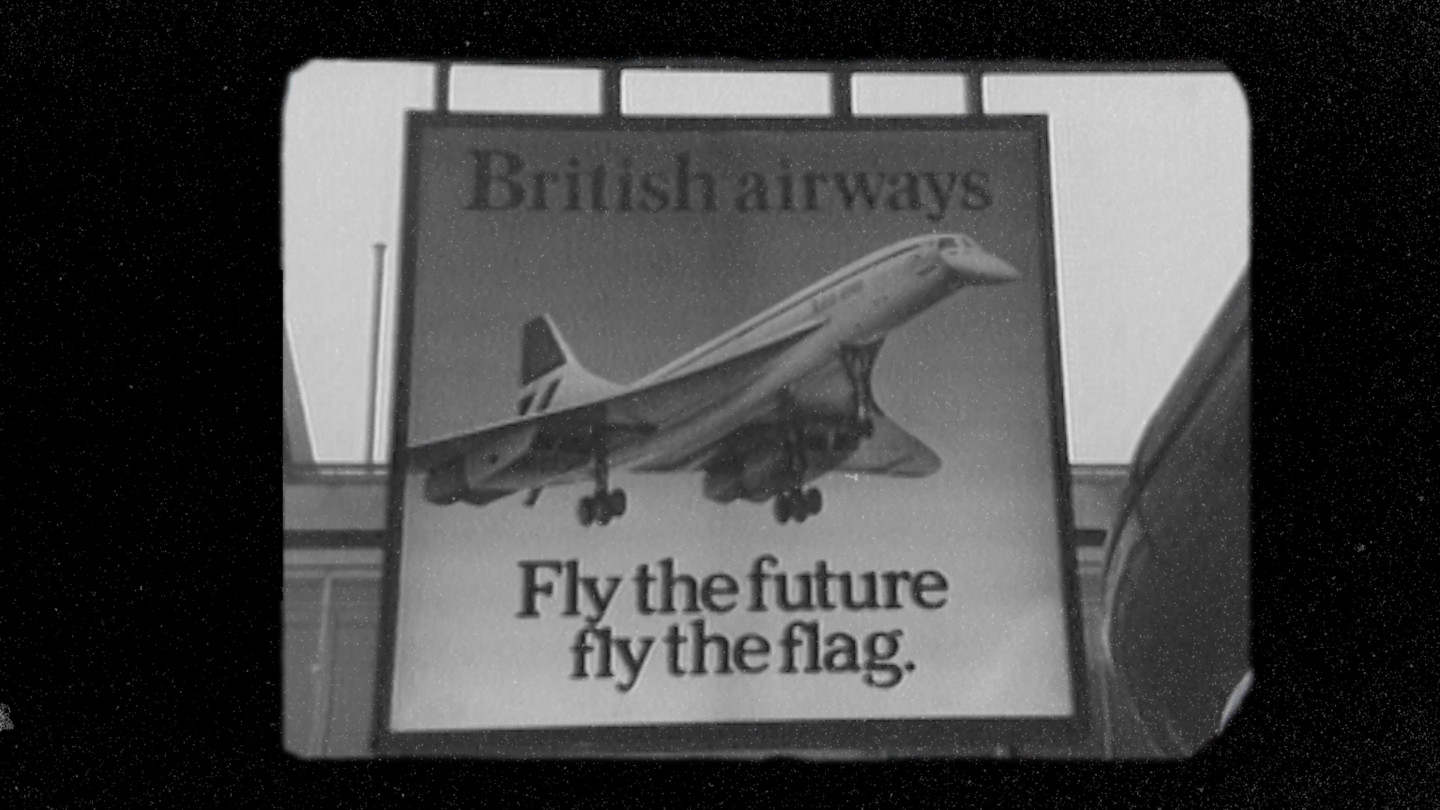 Boom Supersonic XB-1 First Flight
Boom Supersonic XB-1 First Flight
 Concorde's Transatlantic Flight
Concorde's Transatlantic Flight
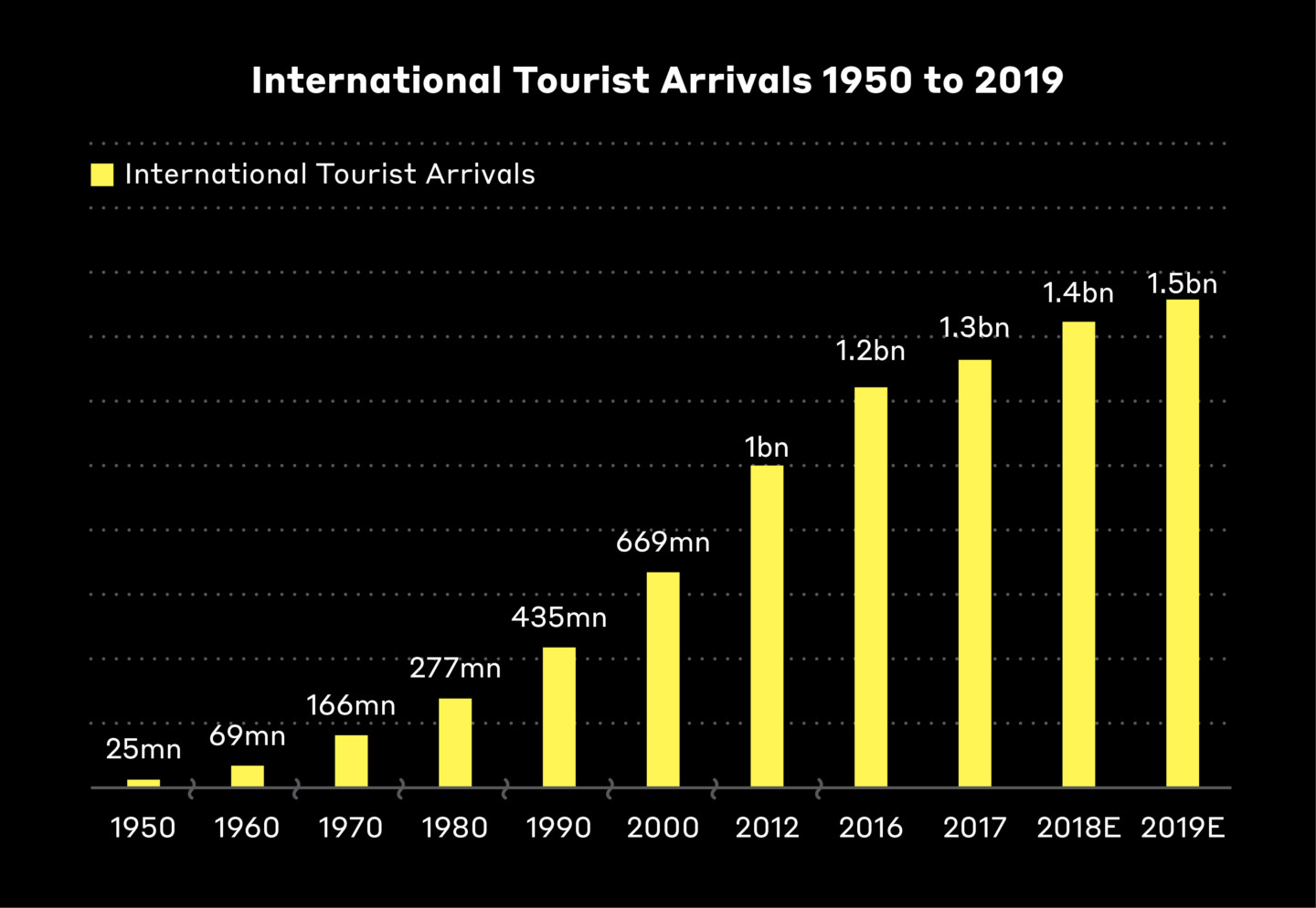 Global Tourism Growth with Boom Supersonic
Global Tourism Growth with Boom Supersonic
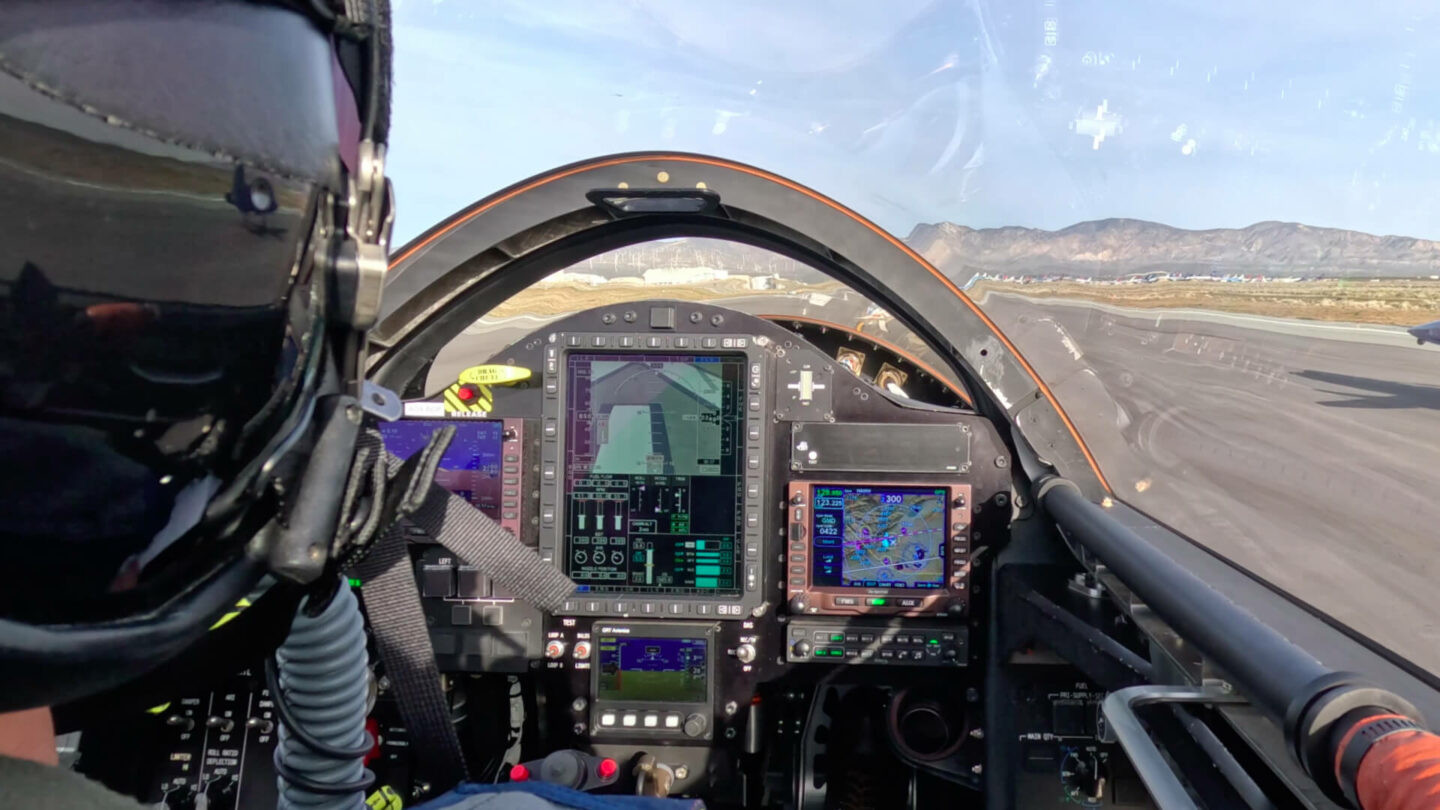 Augmented Reality Vision System in XB-1
Augmented Reality Vision System in XB-1
 Digitally Optimized Aerodynamics for Supersonic Flight
Digitally Optimized Aerodynamics for Supersonic Flight
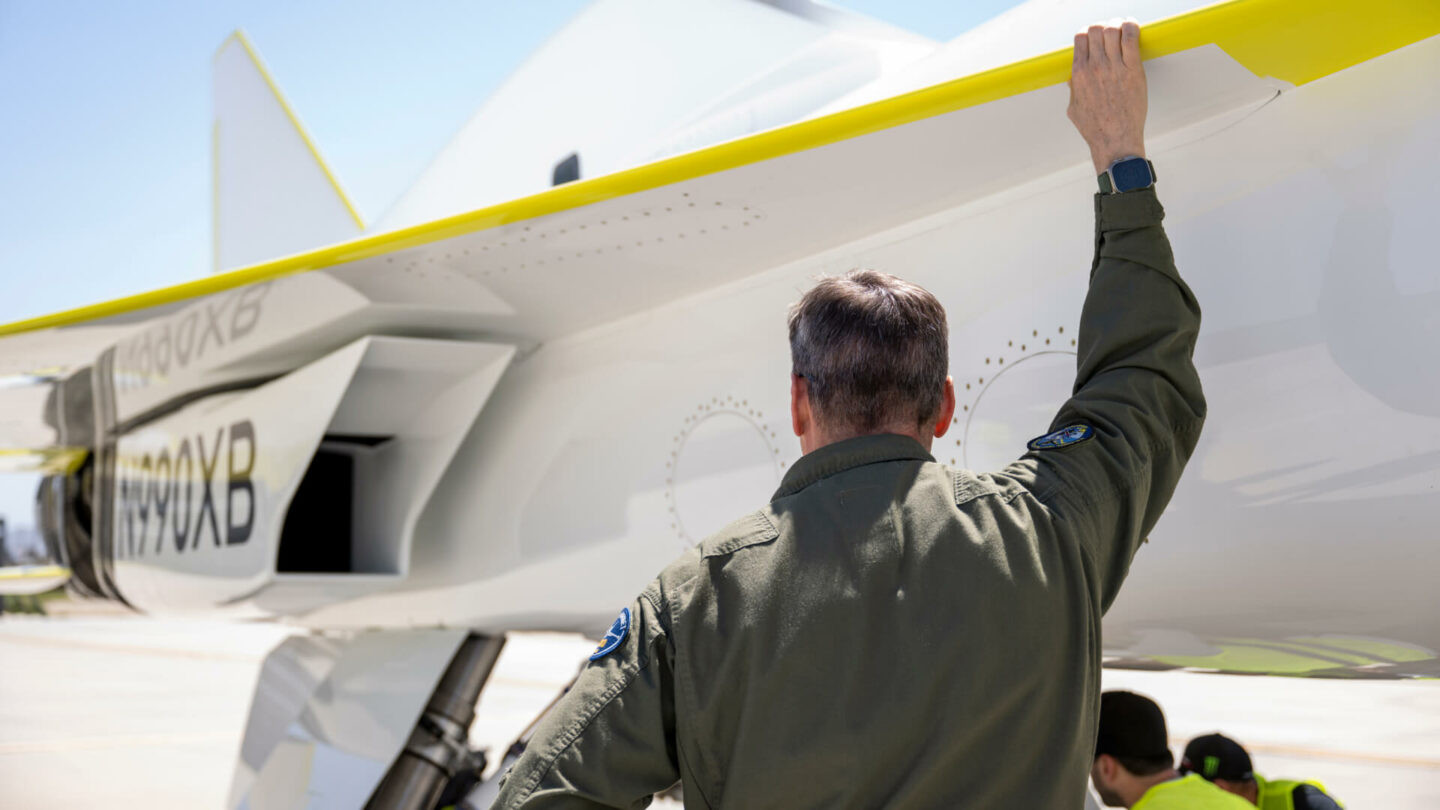 Carbon Fiber Composites in XB-1
Carbon Fiber Composites in XB-1
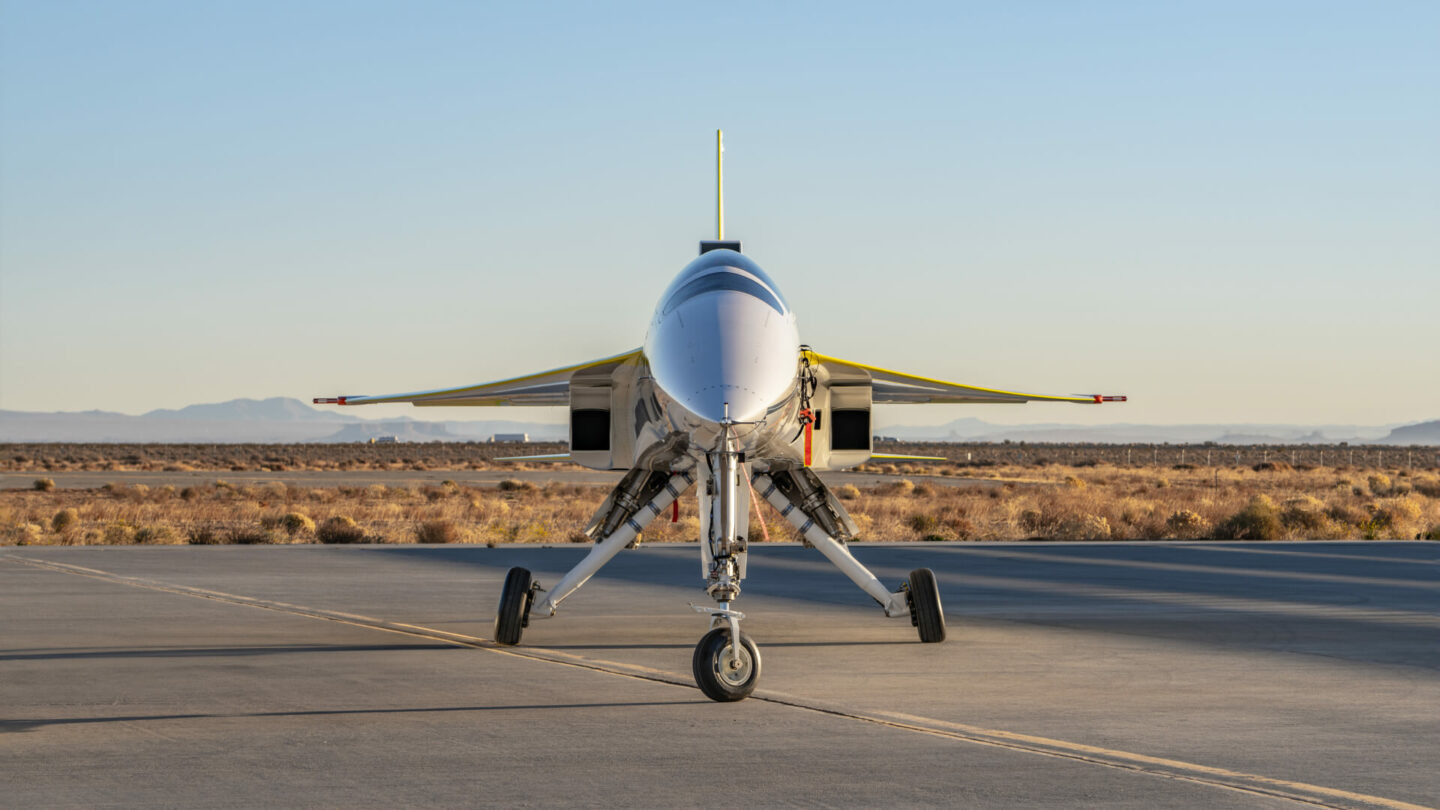 XB-1's Supersonic Engine Intakes
XB-1's Supersonic Engine Intakes
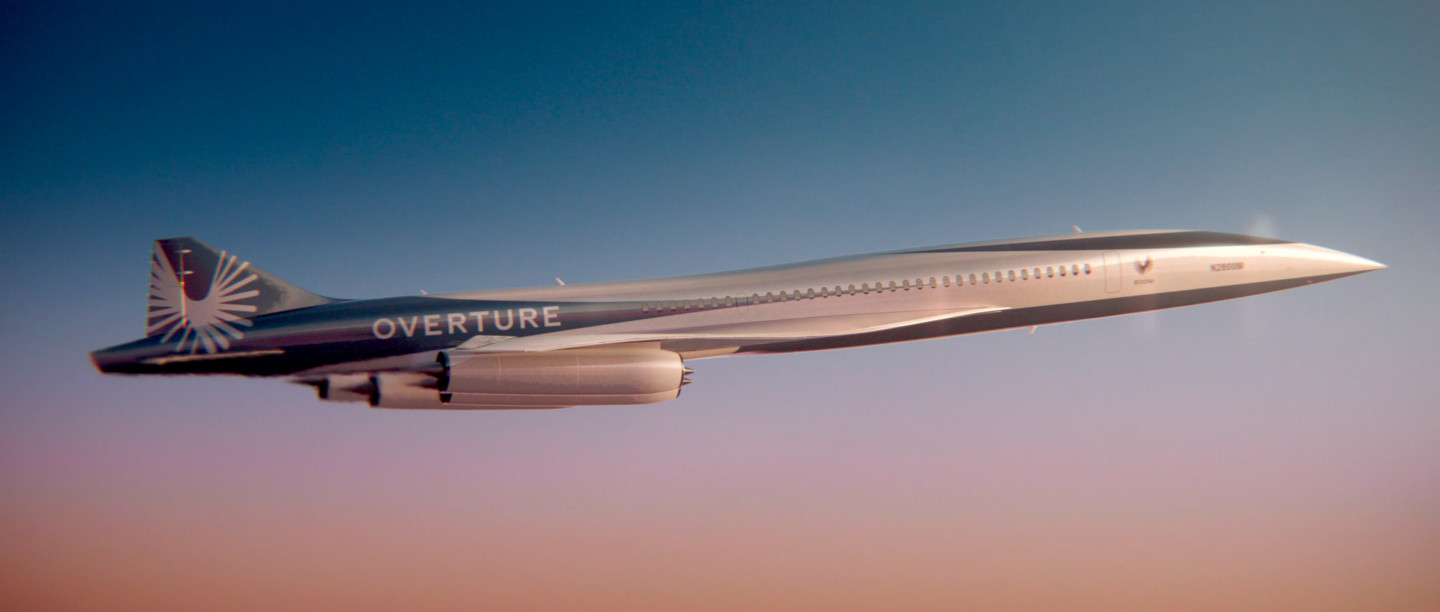 Global Passenger Interest in Supersonic Air Travel
Global Passenger Interest in Supersonic Air Travel
 Boom Supersonic's Vision for Global Connectivity
Boom Supersonic's Vision for Global Connectivity
FAQ About Transcontinental Flights
1. What is the longest transcontinental flight currently available?
The longest transcontinental flight currently available is typically the route from Singapore to New York, covering a distance of approximately 9,500 miles.
2. How can I minimize jet lag on a transcontinental flight?
To minimize jet lag, stay hydrated, adjust your sleep schedule before your flight, and expose yourself to sunlight upon arrival.
3. What are the baggage allowances for transcontinental flights?
Baggage allowances vary by airline and class of service, but typically include one or two checked bags and a carry-on bag.
4. Can I get a refund if I cancel my transcontinental flight?
Refund policies vary by airline and fare type. Some tickets are non-refundable, while others may allow refunds with a fee.
5. What are the visa requirements for transcontinental travel?
Visa requirements depend on your nationality and the destination country. Check the embassy or consulate website for the latest information.
6. Are there any health precautions I should take before a transcontinental flight?
Consult your doctor about necessary vaccinations and health precautions, especially if you have underlying health conditions.
7. How can I find the best deals on transcontinental flights?
Book in advance, be flexible with your travel dates, and use travel search engines to compare prices from different airlines.
8. What are the best ways to stay comfortable on a long transcontinental flight?
Wear comfortable clothing, bring a travel pillow and blanket, and get up and stretch periodically to improve circulation.
9. Are there any age restrictions for transcontinental flights?
Age restrictions vary by airline, but generally, children under a certain age must be accompanied by an adult.
10. What types of food are typically served on transcontinental flights?
Airlines typically offer a variety of meals and snacks, including vegetarian and special dietary options.



